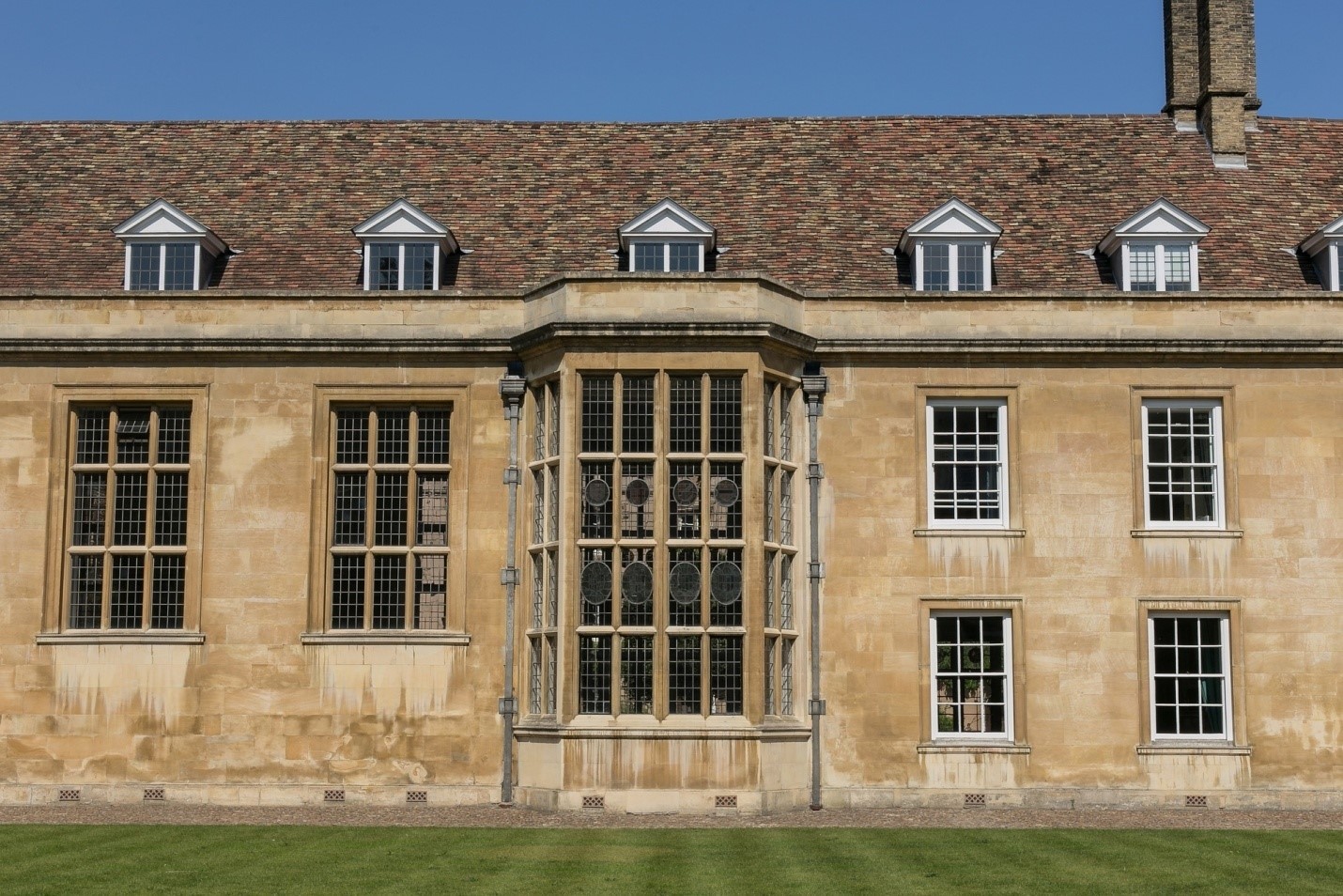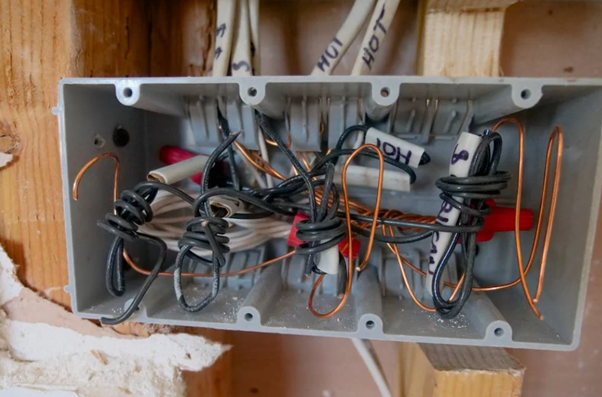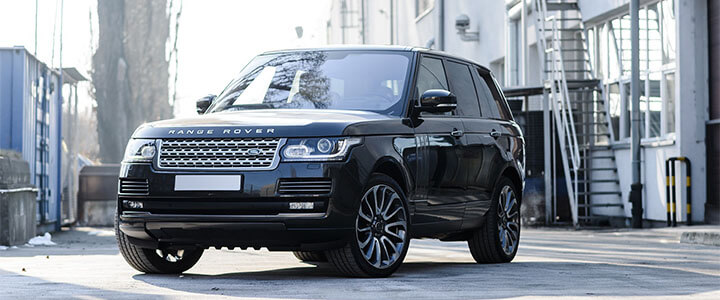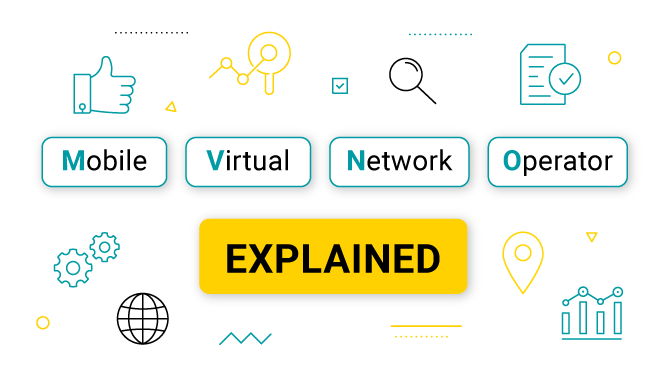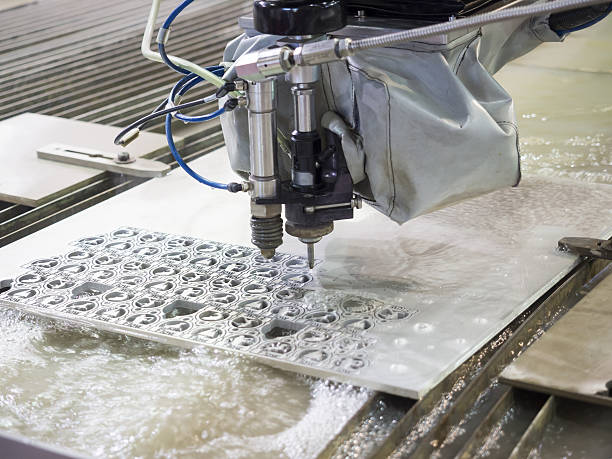18 Innovations Transforming the World’s Smartest Cities
Cities are the centres of our commerce, technology, and communities. However, they are also home to the biggest drain on our resources. According to C40, cities consume two-thirds of the total energy worldwide and produce 70% of CO2 emissions. As more and more people reside in cities, it becomes crucial for cities to find a sustainable solution.
Enter the concept of the “smart city”. Using technology and the Internet of Things, smart cities are turning everything from thermostats and cars to street lamps and drones into powerful connected devices. These innovations track valuable data and use it to optimise city resources and public services, solving real-world problems and improving the lives of urban residents.
The improvements offered by smart cities are being felt around the world, as investments in smart investments are expected to grow to $135 trillion globally by 2021. These city models are rapidly becoming the standard of urban living and the solution for cities to thrive in the future.
Elements of a Smart City
Smart cities are interconnected hubs. Equipped with sensors, networks, and applications, smart cities monitor the urban landscape and communicate real-time data to the government and citizens. This data can be used to optimise several components of a city, including its transportation, buildings, utilities, environment, infrastructure, and public services. Here are some of the most beneficial smart innovations impacting cities:
- Traffic Congestion Sensors
Monitors vehicles on the road using cameras, optimising traffic conditions or diverting traffic conditions to improve the flow of traffic. - Smart Parking Meters
Highlights available spots on apps, cutting down on driving time and congestion. - Driverless Vehicles
Provides automated transport at public transit stations. - Smart Thermostats
Optimises heating, cooling, and energy usage levels in buildings based on building conditions and presence of people. - Smart Fire Detectors
Provides intelligent extinguishing based on each room’s conditions. - Connected Building Controls
Allows landlords and real estate owners to network multiple buildings together and make maintenance easier and more efficient. - Air Pollution Sensors
Monitors CO2 emissions and car pollution levels, feeding that information to the municipality and leading to more green initiatives. - Green Roofs
Helps with insulating buildings, absorbing CO2 from the atmosphere, and producing oxygen using plants. - Weather Prediction Monitors
Senses current atmospheric conditions and seismic activity to help improve forecasts and response planning - Smart LED Lamp Posts
Adjusts the brightness of lamp posts based on current light and weather conditions, conserving electricity - Water Monitors
Assesses tap water quality and detects leaks present outside tanks and pipes. - Smart Grid
Analyses the city’s energy consumption and delivers optimal electricity supply, conserving resources and costs - Waste Sensors
Detects garbage levels and maximises routes of waste collection vehicles, assisting with traffic and efficiency - Earthquake Detection Sensors
Monitors specific places underground that are more prone to tremors - Structural Sensors
Monitors vibrations and physical conditions of materials in buildings - Facial Recognition Cameras
Creates criminal profiles and generates crime forecasts to assist with law enforcement - Emergency Cameras
Helps dispatchers determine the severity of emergencies remotely and find the most optimal routes - Wearable Detection
Detects smartphone use from citizens, providing free WiFi and allowing users to directly communicate with the city
From reducing energy use to alleviating traffic congestion, smart cities are positively changing the lives of urban residents worldwide and becoming more sustainable in the process. To learn more about smart city innovations and how smart cities around the world like Barcelona and New York City are using them, check out this infographic from BigRentz.




